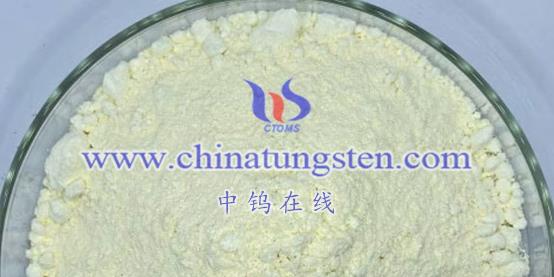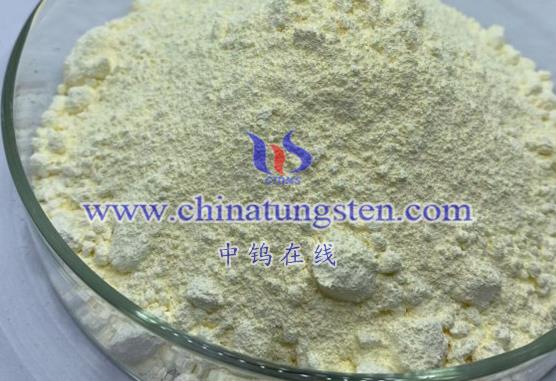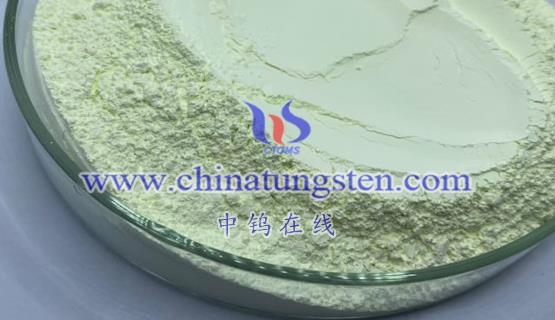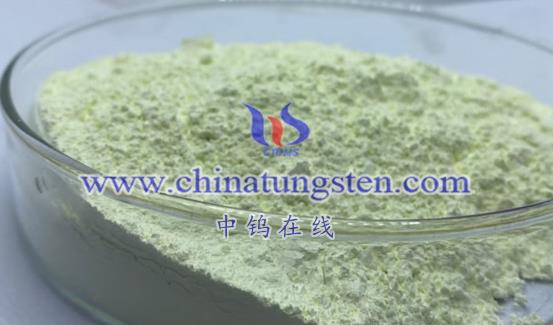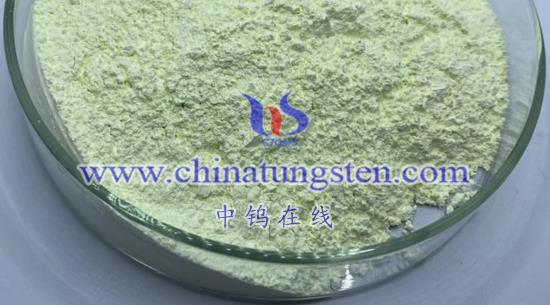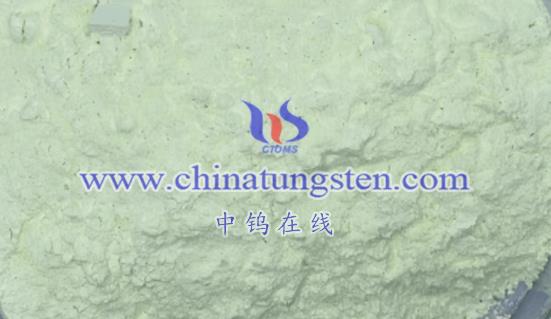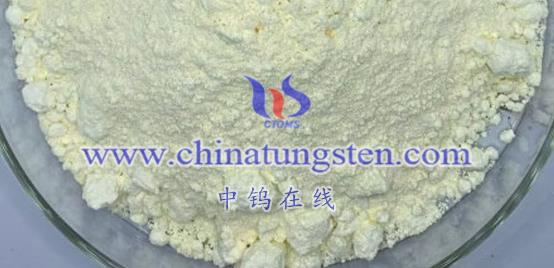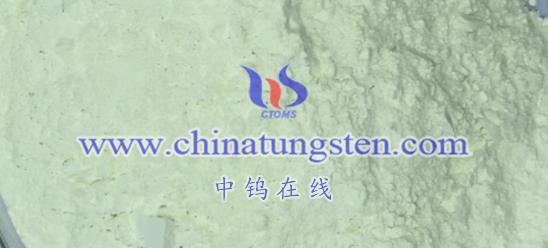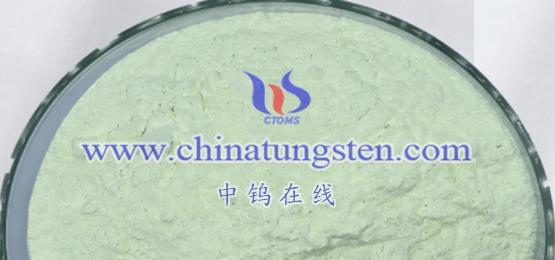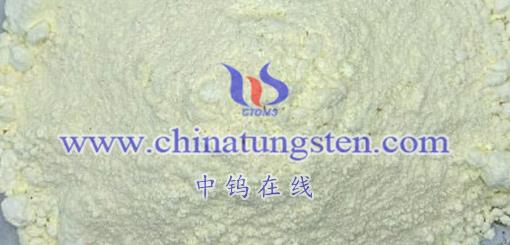
Novel photoelectrochemical biosensors based on tungsten oxide nanomaterials are sensors that combine nanotechnology with photoelectrochemical principles. They utilize the unique photoelectrochemical properties of tungsten oxide nanomaterials (such as WO3) to achieve highly sensitive detection of biomolecules. Below is a detailed explanation of this sensor:
- Basic Principle
Photoelectrochemical analysis combines the advantages of both optical and electrochemical methods, offering low background noise, high sensitivity, simple equipment, and ease of miniaturization. Under light excitation, materials with photoelectric conversion capabilities trigger changes in electrical signals based on the biorecognition interaction between the recognition elements and target molecules, allowing for the determination of analyte concentrations. Tungsten oxide nanomaterials, as n-type semiconductor materials, possess unique optical, electrical, and physicochemical properties, enabling the construction of novel photoelectrochemical sensors.
- Application Areas
Novel photoelectrochemical biosensors based on tungsten oxide nanomaterials have broad application prospects in the biomedical field, such as detecting specific biomarkers and drug concentrations within organisms. By optimizing the sensor’s structure and performance, high selectivity and sensitivity can be achieved for detecting target molecules in complex biological samples.
- Specific Examples
For instance, in the detection of glutathione (GSH) and the lung cancer biomarker CYFRA21-1, researchers have successfully applied tungsten oxide nanomaterials in the construction of photoelectrochemical biosensors. These sensors utilize specific biorecognition elements (such as antibodies and aptamers) that bind to target molecules, resulting in changes in the photoelectric signal, thereby allowing for quantitative detection of the target molecules.
- Advantages and Characteristics
- High Sensitivity: Nanostructured tungsten oxide materials have a large specific surface area and excellent photoelectrochemical properties, significantly enhancing the sensitivity of the sensors.
- High Selectivity: By selecting appropriate biorecognition elements, the sensors can achieve high selectivity in detecting specific target molecules.
- Fast Response: Photoelectrochemical processes typically exhibit rapid reaction rates, enabling the sensors to complete detection tasks in a short time.
- Ease of Miniaturization: The development of nanotechnology and microfabrication technologies facilitates the miniaturization and integration of photoelectrochemical biosensors, making them convenient for practical applications.
- Future Outlook
With the continuous advancement of nanotechnology and photoelectrochemical analysis methods, novel photoelectrochemical biosensors based on tungsten oxide nanomaterials are expected to play an increasingly important role in the biomedical field. In the future, researchers will continue to optimize sensor structures and performance, expand their application ranges, and explore potential applications in other fields such as environmental monitoring and food safety.
More details of tungsten oxide product, please visit website: tungsten-oxide.com
Please contact CHINATUNGSTEN for inquiry and order of tungsten oxide:
Email: sales@chinatungsten.com
Tel.: 86 592 5129595
